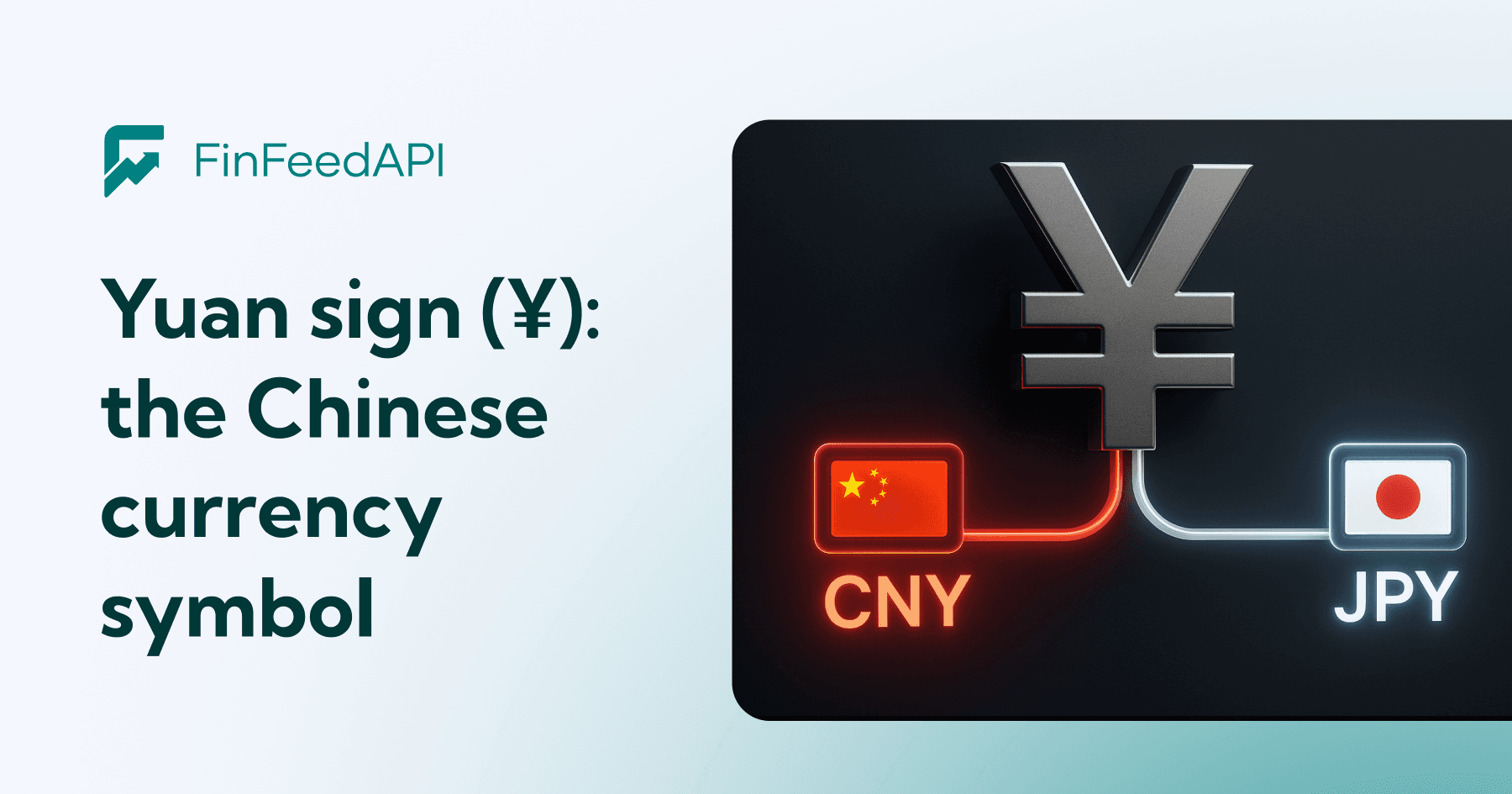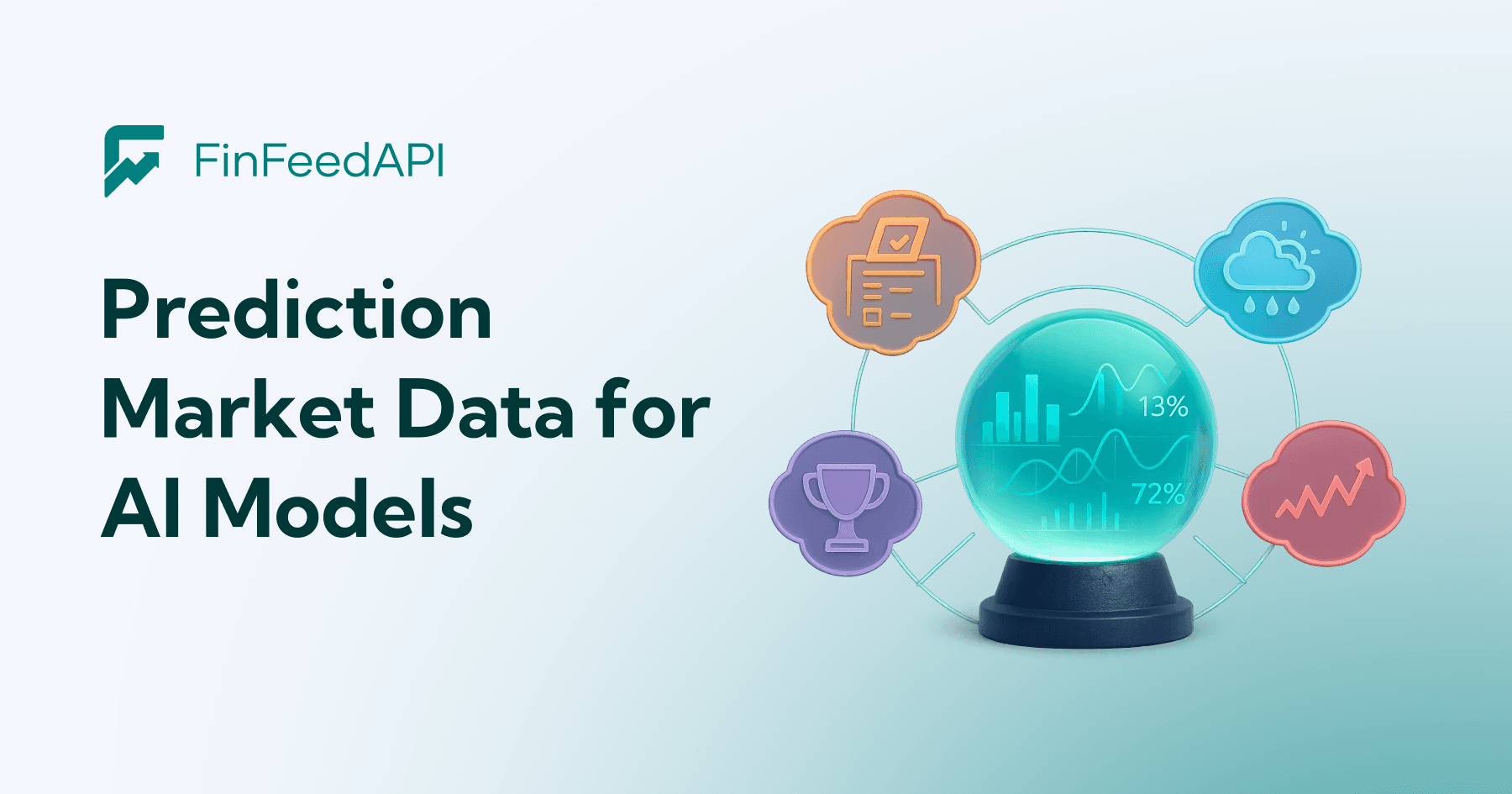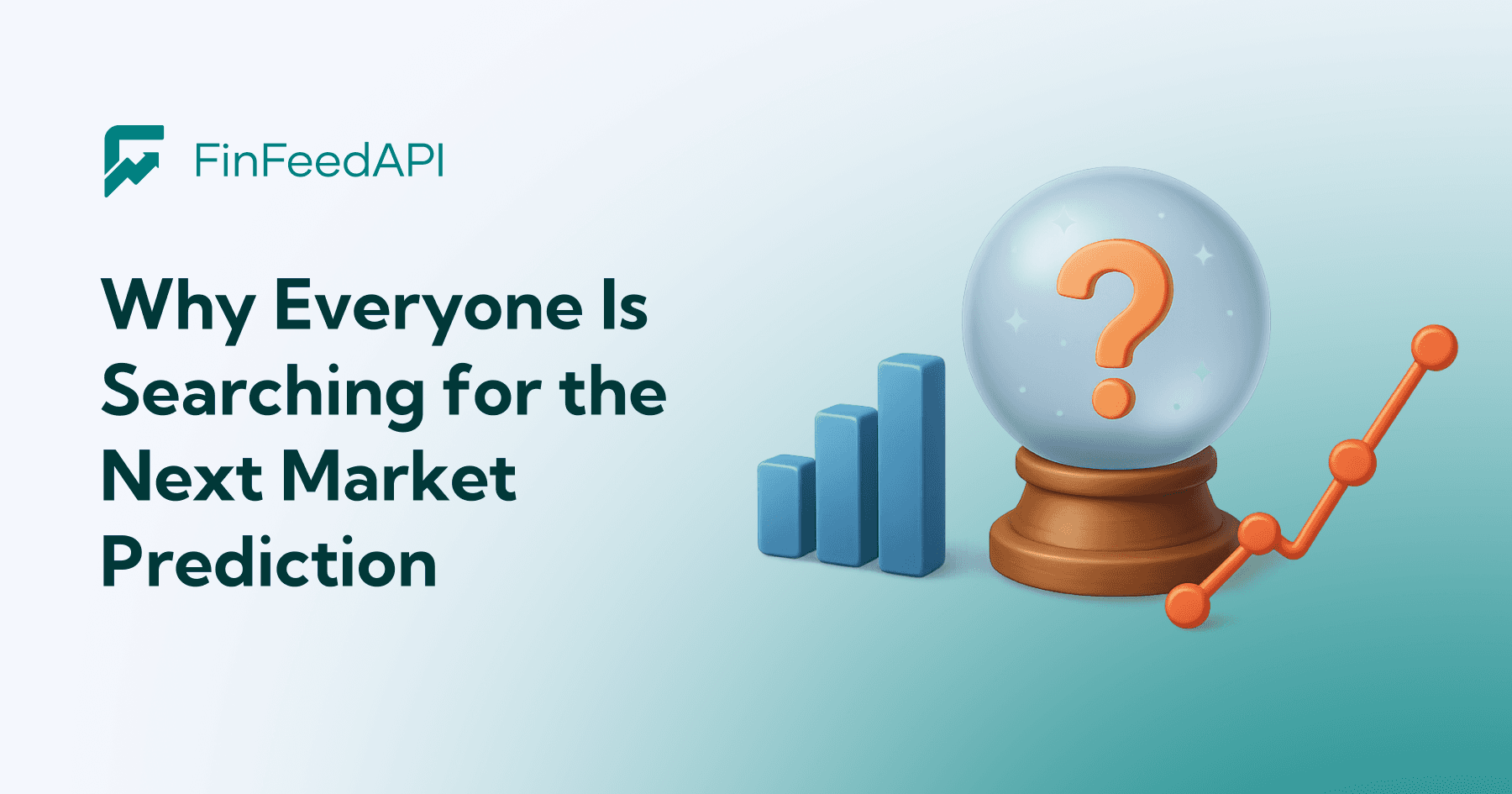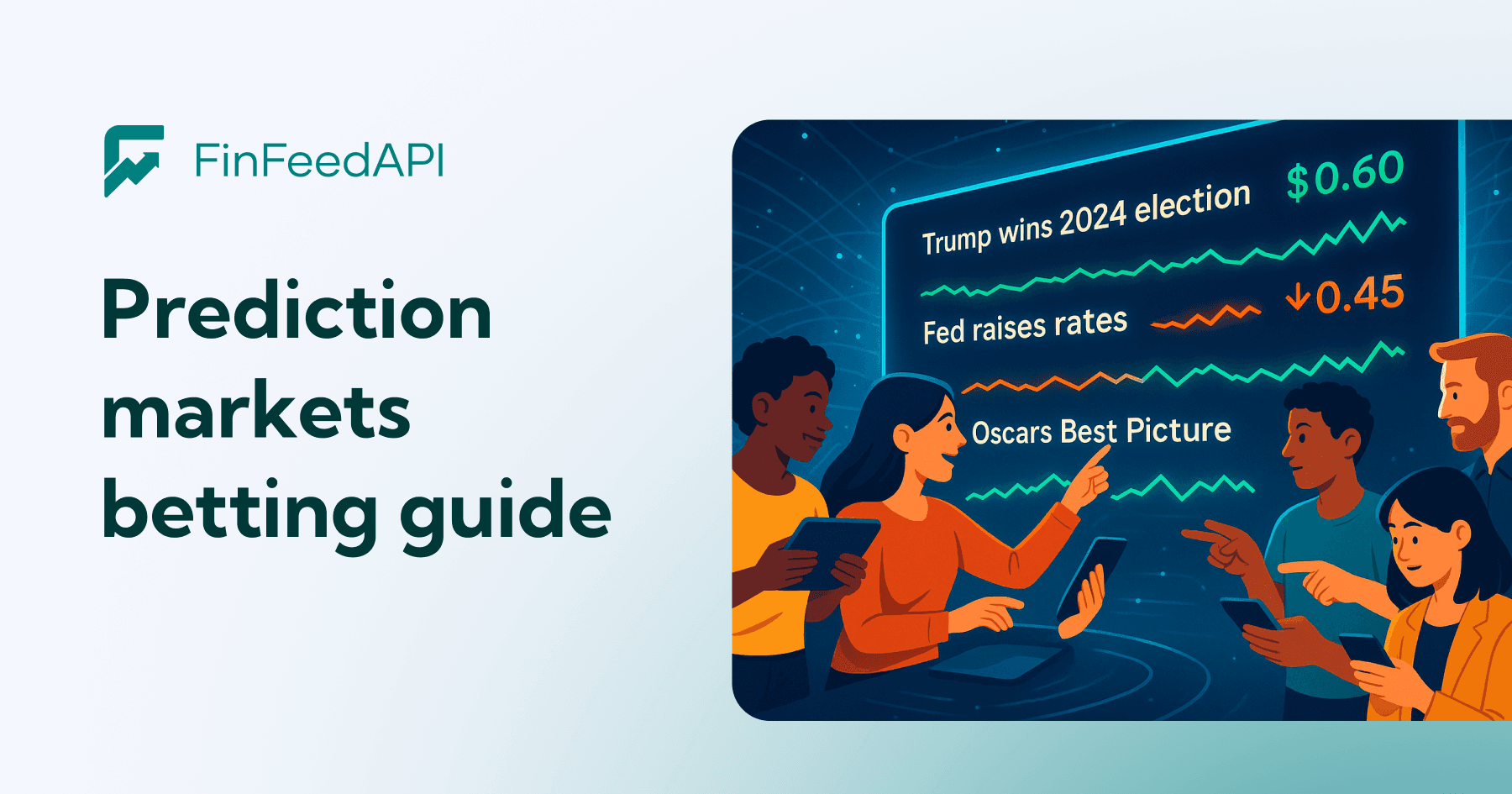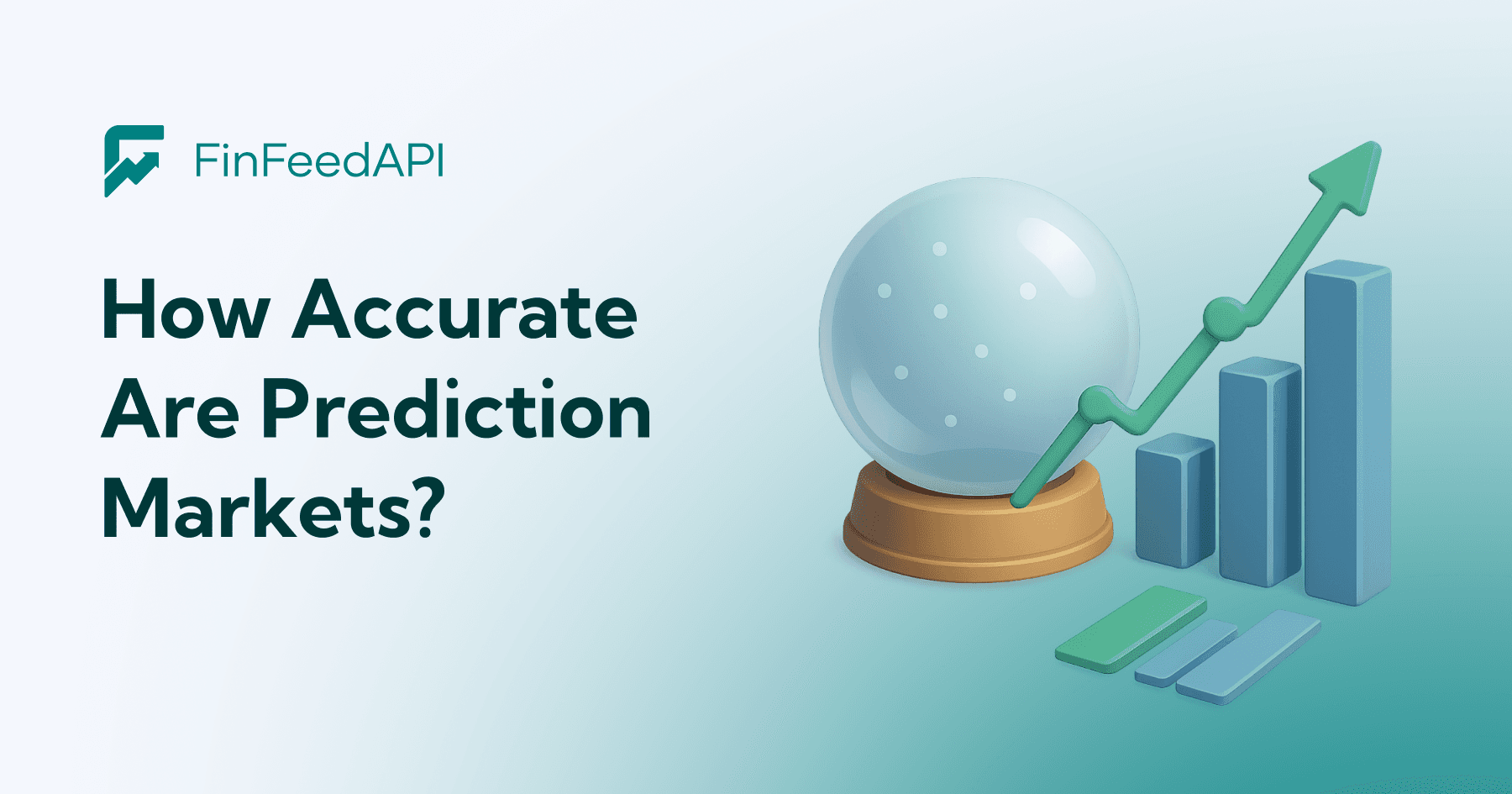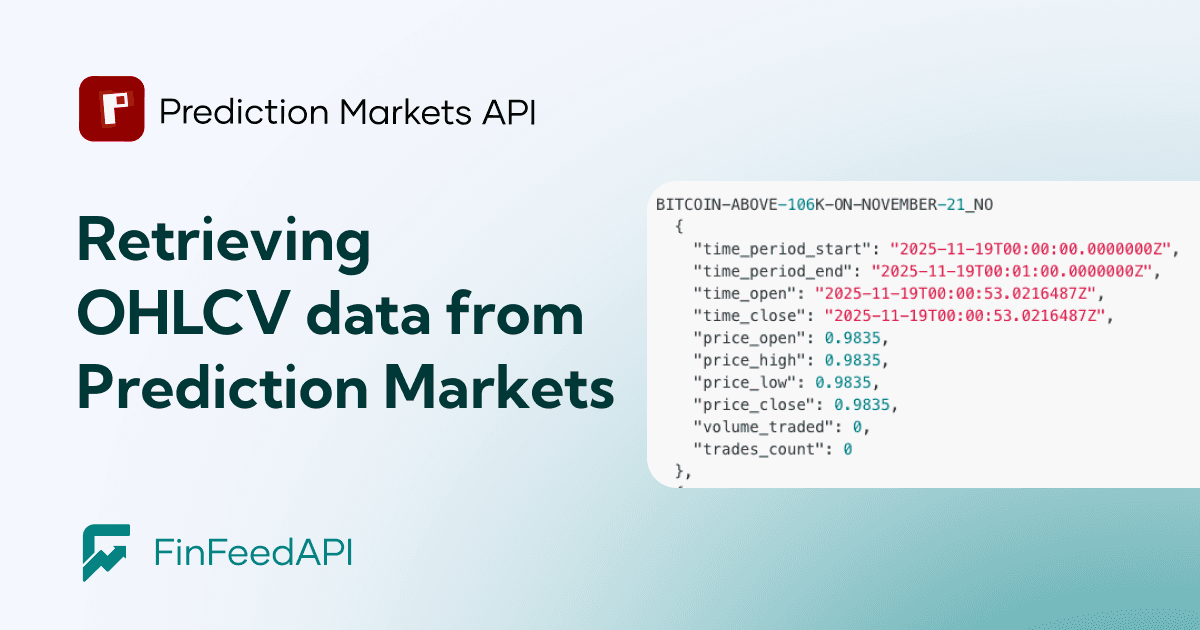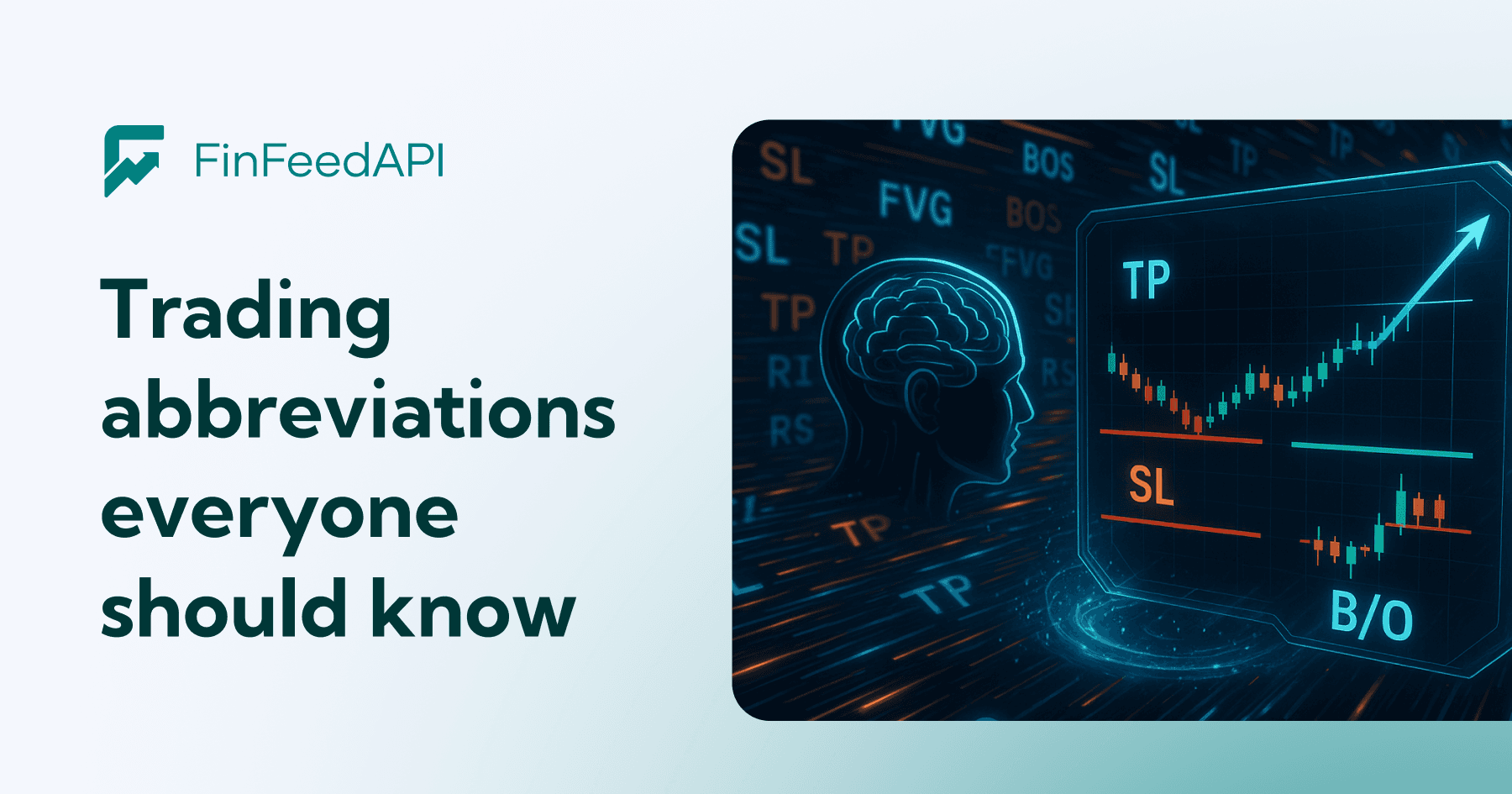Every financial app starts with the same question: where does your data come from?
If you’re building a trading platform, a portfolio tool, or an analysis engine, the API you choose becomes the backbone of everything your users see. Good data builds trust. Bad data destroys it. It’s that simple.
The right stock market data API isn’t just a technical choice — it’s a strategic one. It shapes your speed, your accuracy, your features, and, ultimately, your users’ confidence. This guide breaks down what matters most so developers can choose with clarity instead of guesswork.
Data Quality: The First Non-Negotiable
Every financial app lives on the accuracy of its numbers.
If the data is late, messy, or inconsistent, your charts break. Your signals break. Your users lose trust.
That’s why quality is the first thing to check.
You need clean, verified data pulled from real exchanges like NYSE, NASDAQ, and other reputable sources. Providers who validate and cross-check their feeds are worth their weight in uptime.
Reliability is the second pillar.
An API that drops at the wrong moment can take your whole product down with it. Look for high uptime — 99.9% or better — and infrastructure that can handle spikes without choking.
Good data is invisible.
It just works.
Data Coverage: What Your App Can Actually Do
Your features depend entirely on what your API can provide.
If the data isn’t available, you can’t build the feature. That’s the reality.
Real-time vs. Historical
Real-time data powers trading, alerts, and any feature that reacts instantly.
Latency matters — milliseconds can decide whether a trade hits or misses.
Historical data powers everything else:
backtesting, long-term charts, technical patterns, market cycles.
You want depth (years), and you want granularity (intraday, not just daily).
Multiple Asset Classes
Modern financial apps go beyond stocks. A strong API includes:
- ETFs for diversification tools
- Mutual funds for broader coverage
- Forex for global users
- Crypto for modern portfolios
- Futures & options for advanced traders
If your API can’t deliver the data type, your feature doesn’t exist.
Coverage = capability.
Fundamental + Technical Data
Great apps use both.
Fundamentals tell the story of the business — earnings, ratios, financial health.
Technicals show how the price behaves — moving averages, RSI, MACD.
An API that offers both gives you twice the power with half the engineering.
API Features and Performance: The Developer's Experience
A powerful API is useless if it’s painful to integrate.
Developers need clarity, speed, and a setup that doesn’t fight back.
Great APIs share traits:
Clean Documentation
You should be able to build without guessing.
Clear endpoints, real examples, multiple languages — this is what speeds integration.
A Sandbox to Experiment With
Testing without burning live credits saves time and sanity.
Scalability
As your user base grows, your data needs explode.
Your API must keep up — horizontally, not just at small scale.
Low Latency
Especially for real-time data.
If the delay is noticeable, your users will tell you before the logs do.
Rate Limits
Every API has them.
You need limits that match your traffic — or the ability to scale when the time comes.
The best APIs feel invisible.
They let you build fast, ship fast, and focus on your product instead of hunting for missing fields in JSON.
Pricing and Plans: Finding the Right Value
The price of a market data API can swing wildly.
Free plans are great for experiments or prototypes, but production apps almost always need paid access.
A good pricing model is:
- transparent
- predictable
- aligned with your traffic
- generous enough to allow growth
Cheap APIs often cost more in the long run — through slow data, missing fields, downtime, or hours lost debugging weak documentation.
The goal isn’t to find the cheapest API.
It’s to find the best value for what you’re building.
A Developer's Checklist for Choosing a Stock Market Data API
To help you in your decision-making process, here is a comprehensive checklist of what to look for in an API for stock market data:
Data Quality and Reliability:
- Data Sources: Does the API source data from major exchanges (NYSE, NASDAQ) and other reputable financial institutions?
- Data Accuracy: Is the data clean, consistent, and free from errors? Does the provider offer any data validation mechanisms?
- Reliability: Does the API have a high uptime guarantee (e.g., 99.9% or higher)? Is the infrastructure robust and redundant?
Data Coverage:
- Real-Time Data: Does the API offer real-time stock data? What is the latency of the data feed? Is a WebSocket connection available for streaming data?
- Historical Data: How far back does the historical data go? What is the granularity of the data (e.g., intraday, end-of-day)?
- Financial Instruments: Does the API provide data for a wide range of financial instruments, including stocks, ETFs, mutual funds, forex, and crypto?
- Fundamental Data: Does the API offer access to financial statements, earnings reports, and other fundamental data?
- Technical Indicators: Does the API provide pre-calculated technical indicators?
API Features and Performance:
- Documentation: Is the documentation clear, comprehensive, and well-organized? Are there code examples in multiple languages?
- Ease of Integration: Is the API well-designed and easy to integrate? Is there a sandbox environment for testing?
- Scalability: Can the API handle a growing number of requests? Does it offer horizontal scalability?
- Performance: What is the latency of the API? What is the uptime record?
- Rate Limits: What are the rate limits for different plans? Do they align with your application's expected usage?
Pricing and Plans:
- Free Plan: Is there a free plan available for testing and development? What are its limitations?
- Paid Plans: What are the pricing and features of the paid plans? Is there a tiered pricing structure?
- Value for Money: Does the API provide good value for the price, considering the quality of data, features, and support?
Conclusion: Your API Becomes Your Product
A stock market data API doesn’t just feed your application — it defines it.
It decides how accurate your charts are, how fast your app feels, how trustworthy your numbers become. It’s the foundation beneath every trading tool, alert engine, watchlist, and analysis screen.
Choose well, and your app feels sharp, fast, and reliable.
Choose poorly, and users will feel the cracks before you do.
In finance, trust is everything.
And trust starts with data.
Where to Go From Here
If you need fast, accurate stock market data with an API built for developers, FinFeedAPI gives you real-time rates, deep historical data, and alternative instruments like crypto data.
It’s the simplest way to build financial tools that feel modern, reliable, and ready for scale.
Get your Free API key!




